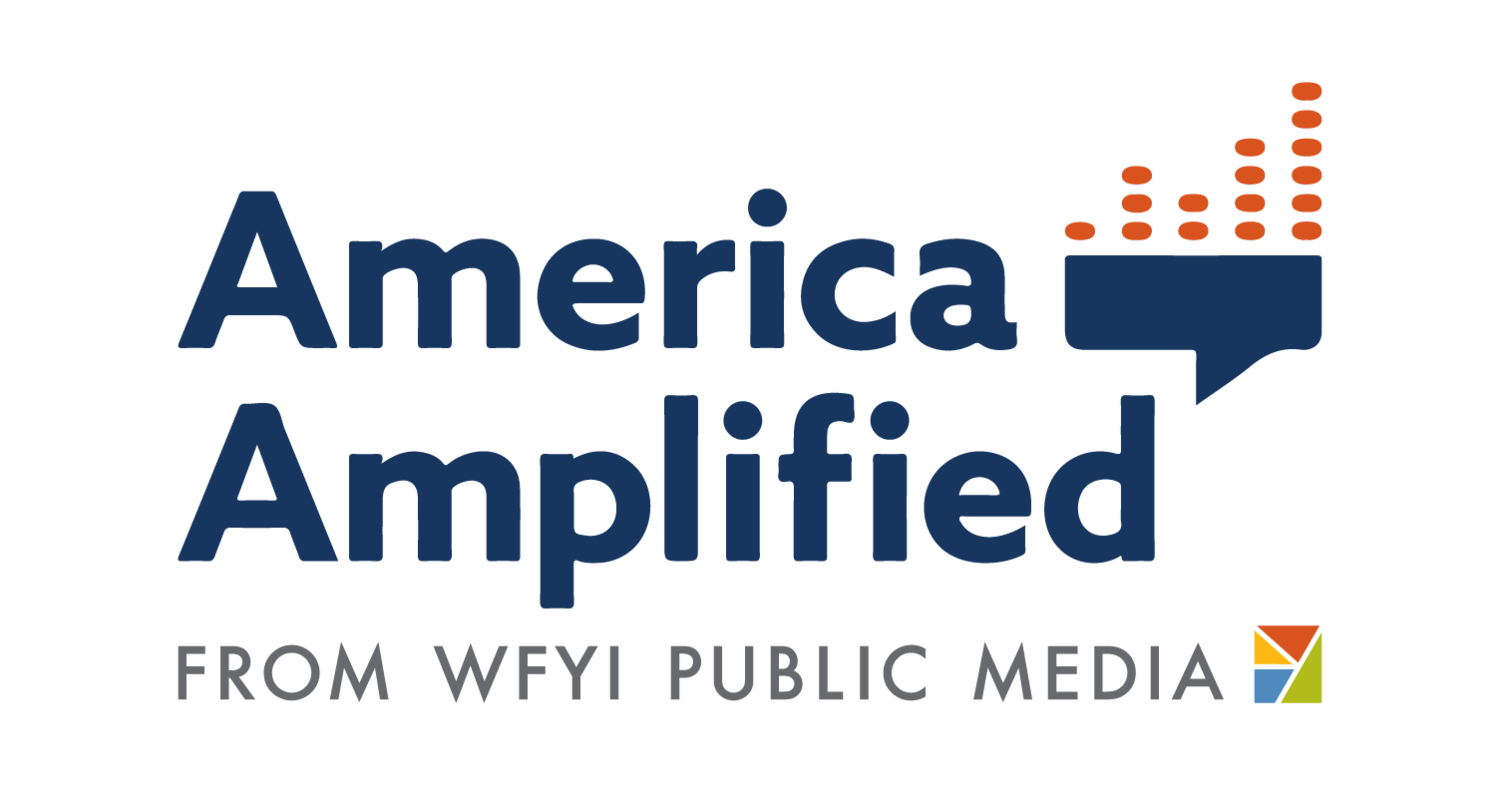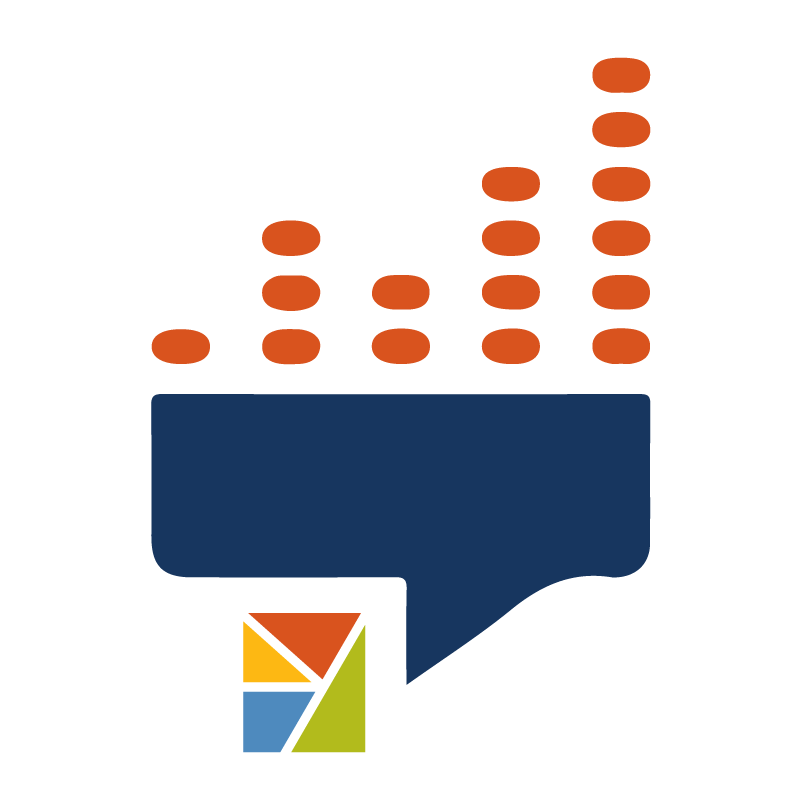How to supercharge your journalism events — what we learned from an engagement-centered gathering
By Jennifer Brandel, jessikah maria ross and Alisa Barba
In April of this year America Amplified convened an in-person gathering of representatives from public media stations across the country who are participating in our Election 2024 initiative. The gathering was, by all accounts, a huge success. Post-event comments included:
“This was one of the most well-organized and well-thought-out conferences I've attended.”
“The care with which this fly-in was handled was outstanding. I've never attended a gathering like this and left with so many ideas. My heart and brain are full! “
“The America Amplified fly-in was an awesome experience. I have a wealth of new ideas for community engagement at my station and in my own reporting, which I'm excited to get working on.”
Ok, yeah, we’re tooting our own horn here — but this was our first time doing something like this and we learned a lot in the process. Yes, there are things we would do differently! But our biggest takeaway is this: when you intentionally weave engagement practices into the design of an event, you will help people connect, bond and explore thorny topics together. What’s more, public media stations, in our role as community conveners and storytellers, are uniquely positioned to make these kinds of impacts happen. It is, as Jennifer Brandel has written, “creating space for connection” — an important role that journalists must consider taking on as they work to gain community trust.
We had two former public media staffers and experienced event designers lead the charge on designing and emceeing this gathering, jesikah maria ross and Jennifer Brandel. They worked with the America Amplified staff to create a two day event at our host station, WFYI in Indianapolis, that was rooted in listening to the needs of the participants.
Our convening brought together newsroom folks to discuss community engagement strategies. But journalism events can bring together all kinds of people for different reasons: to discuss local topics, celebrate hometown successes, explore election questions or simply hear resident’s hopes and needs.
Hosting any kind of event, though, takes time and resources. So you want to get it right. Here’s a round up of tips–based on our recent experience–for how you can plan and execute a dynamic, community-building event.
1. Get funding
No joke, these things are expensive. A generous grant from the Knight Foundation allowed this event to take place, but the grant also helped us to identify and define metrics, establish goals and put mechanisms — like participant debriefs and surveys — into place to measure whether or not we met those goals.
2. Establish Goals
Deciding what exactly you want to accomplish is a critical piece of the pre-event planning.
What are the promises you are making to participants? These should be based on what they say they want and need. That’s what brings them to the table.
What impact are you hoping to make? What does your organization hope to achieve through the event?
Both the external promises and internal goals are important, but they are different. And typically, you market the participant goals but design for both.
Here was what we came up with:
The promise: At the fly in participants will:
Connect and learn from peers doing engagement work across the country
Spend time on questions, ideas and practices they want to explore
Get inspired to refine/expand and implement their community engagement plans
Create an action plan that integrates new ideas and maps out the way forward
What we want to achieve : After the fly in participants will:
Feel part in a special group that is doing important and meaningful change work in public media
Feel motivated to expand community engagement at their station
3. Design curriculum to meet those goals.
Naming your overall strategies gives you a touchstone that helps you stay aligned as you get deeper into event design. A few strategies we identified included:
Modeling engagement practices through the workshop design,
Prioritizing meaningful, immersive experiences that get folks outside of their daily obligations.
Designing a workbook (the “Engagement Game Plan”) for participants to use during the event sessions to track new ideas, strategies and contacts to help meet their engagement goals, and formulate some next steps.
Designing for connection, not extraction.
4. Establish timelines for event preparation in consultation with an organized event planner and for curriculum development.
ProTip: pad the timeline! It takes longer than you might think to draft, workshop, practice and refine the run-of-show.
5. Create a pre-event survey for attendees.
This will be the defining document for the what and why of the curriculum. We used an airtable form and asked questions like:
What is something you’d really like to discuss with public media colleagues when it comes to engagement and the elections?
What’s been working so far in your engagement planning?
What’s not working?
What support do you need?
Finish this sentence: “I know the fly-in is successful for my newsroom if…”
Finish this sentence: “I know the fly-in is successful for me if…”
6 . Analyze survey results.
Use airtable, AI, pivot tables, tags … whatever you got. Start building curriculum off what was asked for and what is needed. In other words, create content in response to participant engagement!
Here’s a snippet of what that looked like for us. We used airtable to gather information, identify key themes, create and use tags for those themes and then see which themes had the most responses:
Since we only had two days, we designed for the themes that came up the most: meaningful partnerships, turning listening to content, integrating engagement into newsroom workflow, small stations/low resources, transforming newsroom culture.
7. Before the event, send a series of preparatory emails to build excitement and share logistical details.
We sent three, once a week in the run up to our event. We shared back what we learned from the pre-event survey, events to look forward to, event goals and logistics.
8. During the event – find ways to show people they matter!
Here are a few ways you can do that:
Place welcome bags in hotel rooms with local treats and useful items
Create a welcoming space: The physical space is the container for the participant’s experience. Create an environment that is beautiful, inviting, and living-room-like to establish that your event is more than your typical meetup.
Engage the senses with beauty (flowers on the tables), touch (fidget toys at tables), taste (delicious and bountiful snacks)
Build in time for warm up exercises: Get to know you Bingo, Walk and Talks, Try a “Rampage of Appreciation” where people are paired and given one minute of uninterrupted time to express appreciation for each other!
Design games or activities that break down barriers between people, like inviting small groups to share a response to “If you really knew me, you’d know…”
Design long breaks so people can meet and talk or attend to work, if needed
Mix It Up: Encourage cross-pollinating by having participants switch tables throughout the event.
Build in fun, such as an end-of-the-day activity where participants brainstorm headlines and write ledes that encompass the day’s events.
Collect feedback cards each day to hear what’s working, what’s not, and make adjustments as needed
Share Collective Insights: Bring the entire group together towards the end of the event to reflect on the experience they’ve just had. Protip: invite a few people to share how they plan to use new ideas and friendships in their work going forward.
Create a post-event survey to evaluate the impact of the event, the degree of connection with colleagues the event created, and how much of a shift it engendered in the way people conduct their jobs.
These are just a few of the ideas and tips that made our fly-in event successful!
But … we could have done better! Especially when it comes to sustaining the excitement and momentum. It’s a known challenge that the realities of returning to work after an inspiring time away can pour cold water on the passion generated in another space. We attempted to solve for this in a few ways:
Our Engagement Game Plan journal had sections for next steps plus a spot to note down folks to follow-up with.
We asked people to speak aloud what they would do once back in the office (to make a kind of public commitment).
We provided a “note to self” postcard in which folks wrote an encouraging message to themselves from the headspace of the conference, that would arrive in the mail two months later to remind them of what they’d hoped to be doing.
We provide follow-up coaching from our team to help make the next steps actionable.
Even with all of those steps, it’s very hard to compete with the muscle memory of “business as usual” when these energized folks got home. Here are a few ideas for what we could do in the future to support more ideas getting into action:
Make sure the participant pool includes at least two people from each newsroom so they have an accountability buddy and supporter for whatever ideas they came up with.
Create and get signed an agreement from the top brass that at least one idea gained at the conference would be put into action, and do follow-ups with both the participants and their bosses to see how it’s going.
Make it part of their required reporting to complete at least one idea that was created at the convening, mimicking that age-old pull of having homework due.
Create a special pool of funding specifically for post-event activities.
Losing momentum is a perennial issue with convenings, even the most successful and inspiring event! If you have any ideas or success stories to share about plans hatched at a convening being implemented afterward, we are all ears!









